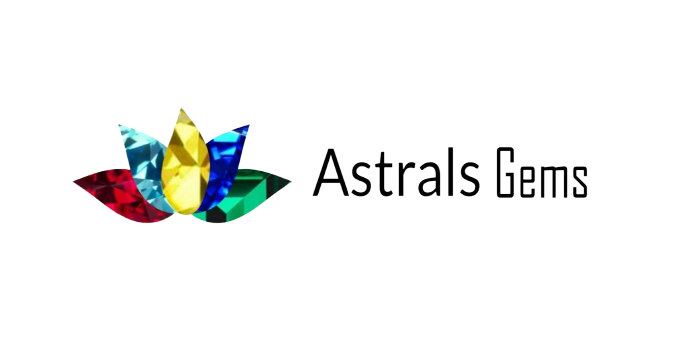When it comes to choosing an engagement ring or any piece of jewelry that features a stunning gemstone, the debate between moissanite and diamond often arises. Both stones possess exceptional beauty and allure, but they differ significantly in terms of their composition, cost, and overall characteristics. In this article, we will explore the similarities and differences between moissanite and diamond, allowing you to make an informed decision based on your preferences and budget.
Composition and Origin:
Moissanite:
Moissanite is a gemstone composed of silicon carbide (SiC). It was first discovered by French chemist Henri Moissan in 1893 in a meteorite crater in Arizona. However, natural moissanite is extremely rare, and most moissanite gemstones available today are lab-created. These lab-grown gemstones have the same chemical and physical properties as natural moissanite.
Diamond:
Diamonds, on the other hand, are composed of carbon atoms arranged in a crystal lattice structure. They are formed deep within the Earth’s mantle under high pressure and temperature conditions. Diamonds can be found naturally or can be synthesized in a laboratory, but the majority of diamonds used in jewelry are mined from the Earth’s crust.
Durability and Hardness:
Moissanite:
Moissanite is renowned for its exceptional hardness, scoring a 9.25 on the Mohs scale of mineral hardness. This makes it one of the hardest gemstones available, surpassed only by diamonds. Its high hardness ensures that moissanite is resistant to scratches and maintains its brilliance over time.
Diamond:
Diamonds are the hardest substance known to man, scoring a perfect 10 on the Mohs scale. This hardness factor contributes to their durability, making them highly resistant to scratches and chips. A diamond’s durability ensures that it can withstand daily wear and tear without losing its shine and brilliance.
Brilliance and Fire:
Moissanite:
One of the most notable characteristics of moissanite is its exceptional brilliance. It exhibits a high refractive index, which means that it reflects more light than a diamond, resulting in a greater sparkle and fire. The brilliance of moissanite is often described as a “disco ball effect,” captivating many admirers.
Diamond:
Diamonds are renowned for their unmatched brilliance and fire. Their unique optical properties disperse light in a way that produces a dazzling display of colors. The natural brilliance and sparkle of diamonds make them highly sought-after gemstones for engagement rings and other fine jewelry.
Cost:
Moissanite:
One of the key advantages of moissanite over diamonds is its affordability. Moissanite gemstones are significantly less expensive compared to diamonds of similar size and quality. This makes them an attractive option for those looking to maximize their budget without compromising on beauty and brilliance.
Diamond:
Diamonds have long been associated with luxury and are often considered a symbol of wealth. Due to their rarity and high demand, diamonds tend to have a higher price tag compared to moissanite. The cost of a diamond is influenced by factors such as carat weight, cut, clarity, and color.
Characteristic | Moissanite | Diamond |
Composition | Silicon Carbide | Carbon |
Origin | Lab-created or Rare Natural | Mined or Lab-created |
Hardness (Mohs Scale) | 9.25 | 10 |
Brilliance | High | Exceptional |
Fire | Striking | Dazzling |
Affordability | More affordable | Expensive |
Conclusion:
When choosing between moissanite and diamond, it ultimately comes down to personal preferences and budget. Moissanite offers an excellent alternative to diamonds, providing remarkable brilliance and fire at a fraction of the cost. On the other hand, diamonds are unrivaled in their prestige and enduring value. Whichever gemstone you choose, both moissanite and diamond have the power to make a statement and celebrate special moments in a truly dazzling manner.
